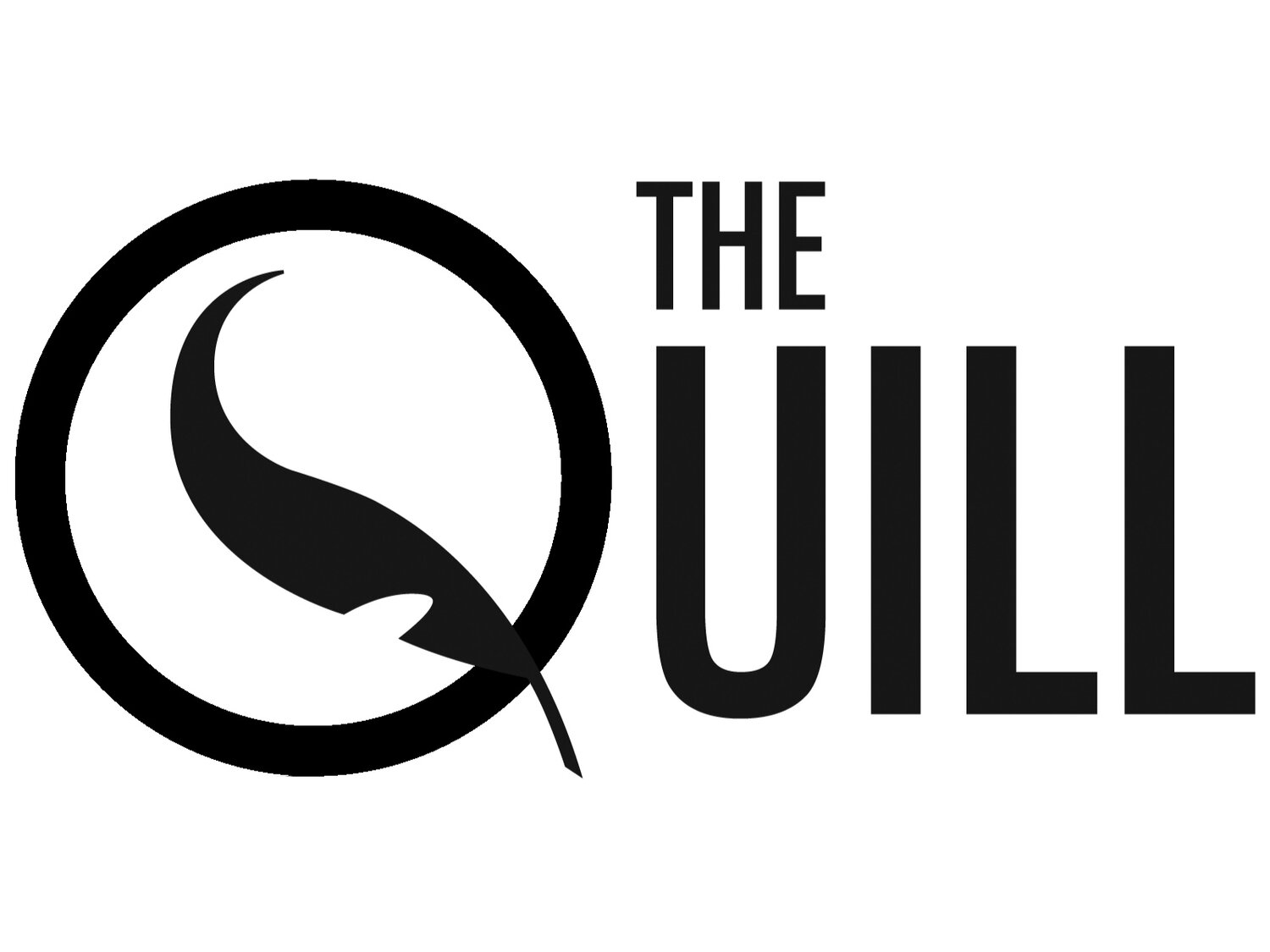Candy is cloaked in danger. Danger to your health, causing tooth decay and obesity. There is also the danger of being manipulated for malicious intent. As you’ve heard, “don’t take candy from strangers” – except on Halloween. But even on Halloween candy is associated with the terrors of tampering and contamination.
Candy as small packaged morsels of delicious mass produced sugar became widely available in the 1880s. Prior to this, things like fudge, taffy, and brittle were homemade, and store bought hard candies available were relatively expensive. Recent trends in holding on to what is ‘natural’ tend to favour treats that can be made at home. But the same sugar is in candy as fruit, but big companies have always known we’re afraid of ingredients we can’t pronounce so they just changed the packaging to say “corn syrup” instead of “glucose”. This is to say that the pre-1880s homemade candy would be just as nutritionally deficient as what you buy from Nestle. Regardless of what you call it and if it comes from a peach or a chocolate bar, the plaque will build.
Nostalgic for the supposed health of the past, another hot topic on social media is ‘the good old days’ when are kids were safe on Halloween – the only night they’re allowed to talk to strangers and eat their candy. Remember the past, when neighbours wouldn’t try to distribute illicit substances in lieu of treats?This is correct if by the ‘good old days’ you mean prior to 1959. In 1959, Dr. William Shyne, a dentist in California gave trick or treaters 450 candy-coated laxative pills, making 30 of the kids receiving this trick treat severely ill. Subsequently, candy scrutiny by parents became widespread. In the 60’s some towns allegedly set up stations at hospitals to x-ray the candy. To this day we hear cautionary tales about strangers sabotaging our kid’s after we let them ring the doorbell three times and beg for sugar. Surprisingly, most of these complaints turn out to be unfounded. Except one case in Texas where a child died due to drugs put in a pixie stick. But not at the fault of a strange neighbour, the child’s dad was the culprit.
What did we think was going to happen with a tradition founded by capitalism? Before 1922, candy makers emphasized themed candy for Christmas and Easter but not Halloween. At the 1922 National Confectioners Association, executive secretary V.L. Price circulated the idea: “If manufacturers would create special Hallowe’en candies and retailers in large numbers would feature special displays and sales on Hallowe’en, but that it would greatly increase candy sales on that day, and in doing it, would eventually make Hallowe’en a candy season.” Like good capitalists, candy expert Dr. Samira Kawash says candy manufacturers often publish inaccurate and sugar coated histories of their products, as most large companies copied or stole home-kitchen inventions. Thanks V.L. Price and Dr. Shyne for showing us the way; putting our trust a billion-dollar industry whose success is entirely dependent on our desire to eat things with absolutely no nutritional value instead of trusting the people who live next door.
